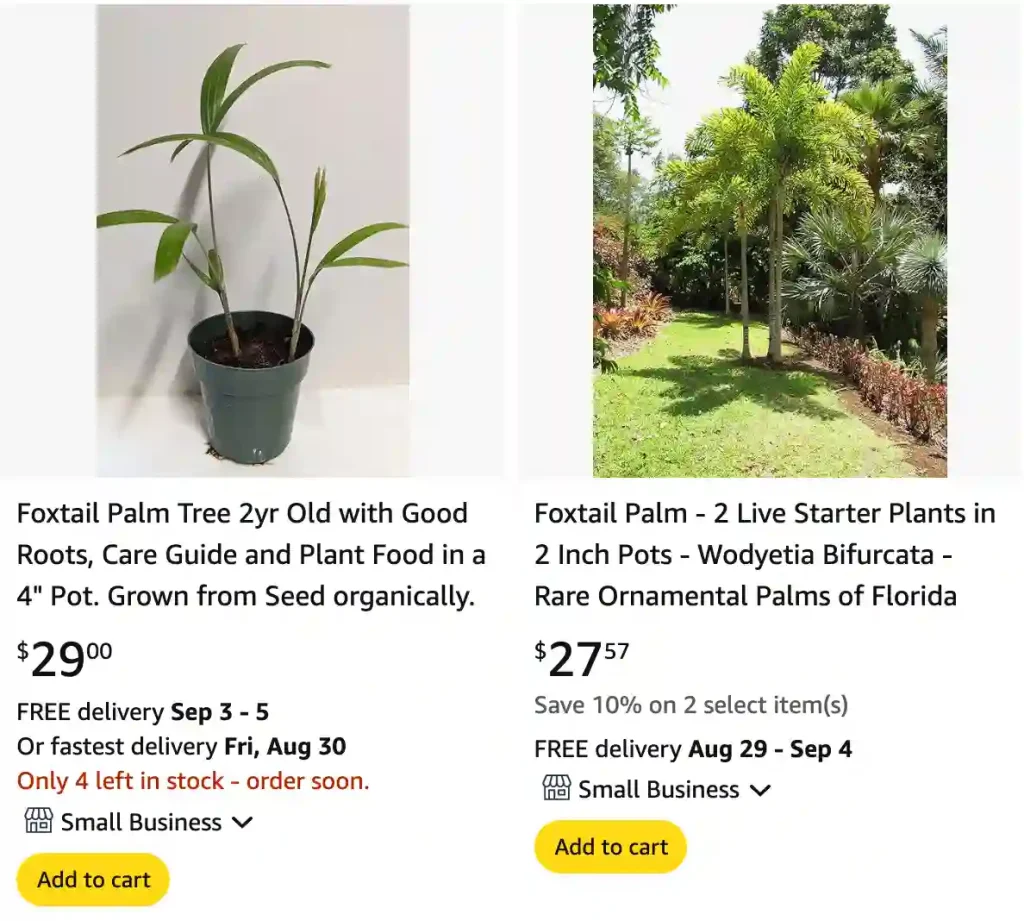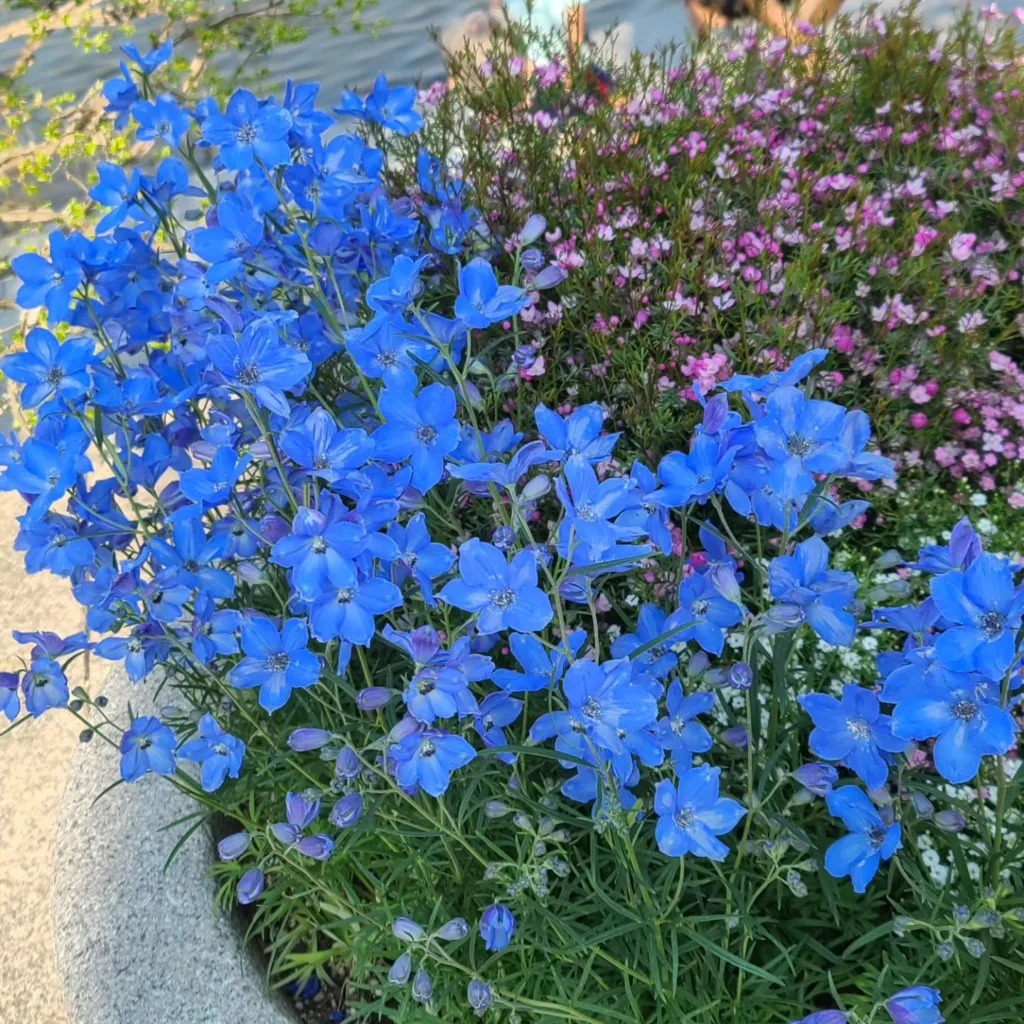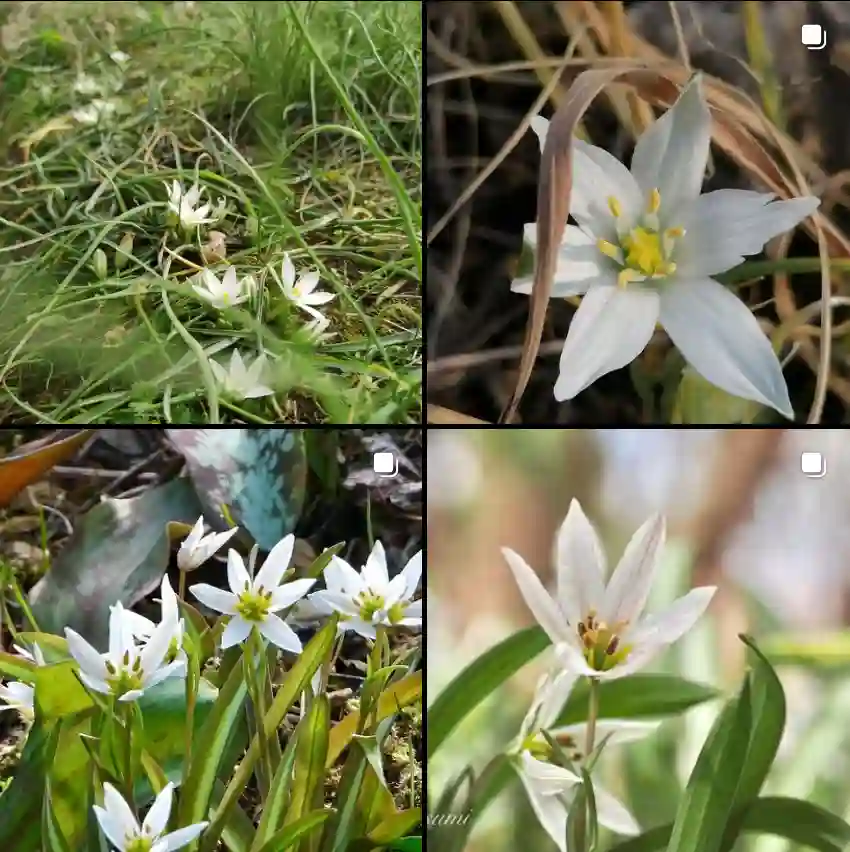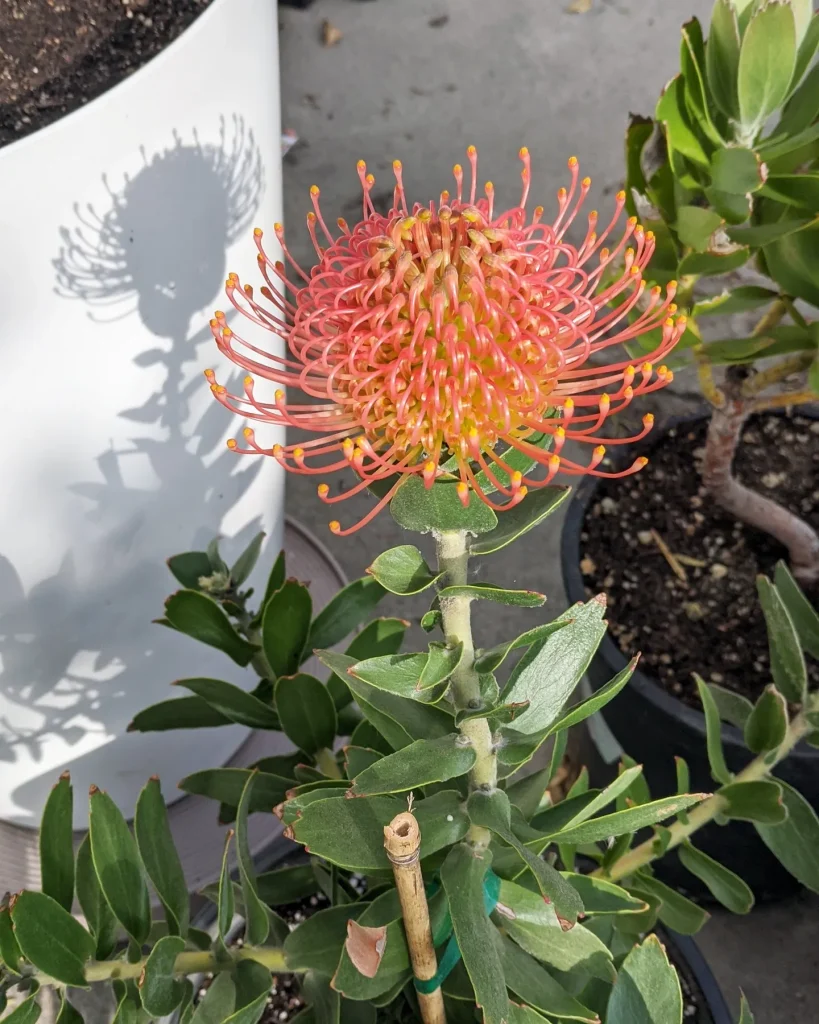
Frequently Asked Questions About Foxtail Palms
As a plant enthusiast, I’ve always been fascinated by the unique appearance and characteristics of the Foxtail Palm (Wodyetia Bifurcata). These palms belong to the Arecaceae family, with their fluffy, plume-like fronds, add a tropical feel to any garden or landscape. Over time, I’ve learned a lot about these palms, and I’d love to share some common questions and answers that can help you understand and care for Foxtail Palms.
Plant Family: 184 Genera in Arecaceae
How Fast Do Foxtail Palms Grow?
Foxtail Palms are relatively fast growers compared to other palm species. In ideal conditions, these palms can grow up to a foot or more per year. This rapid growth makes them a popular choice for gardeners looking to quickly establish a tropical landscape. However, the growth rate can vary based on factors like soil quality, climate, and watering practices.
How Tall Do Foxtail Palms Get?
A mature Foxtail Palm can reach heights of 30 feet or more, with some exceptional specimens growing even taller. The fronds themselves can span 8 to 10 feet in length, creating a striking canopy. This tall, elegant stature makes Foxtail Palms an excellent choice for large spaces or as a focal point in garden designs.
Are Foxtail Palm Roots Invasive?
One common concern about palm trees is their root systems. Foxtail Palm roots are not considered invasive, making them a safe choice for planting near structures, sidewalks, and other plants. Their root system is relatively shallow but spreads outwards, providing stability without the risk of damaging nearby infrastructure.
Are Foxtail Palm Seeds Edible?
The seeds of the Foxtail Palm are not edible. In fact, they can be quite toxic if ingested by humans or pets. The seeds are large, brown, and contained within a bright orange fruit, which might look tempting but should definitely be avoided.
Are Foxtail Palms Cold Hardy?
Foxtail Palms thrive in warm, tropical climates and are not particularly cold hardy. They can tolerate brief periods of cold, down to about 30°F (-1°C), but prolonged exposure to freezing temperatures can damage or even kill the tree. In cooler climates, these palms should be protected during winter months or grown in containers that can be moved indoors.
Are Foxtail Palms Self-Cleaning?
One of the great features of Foxtail Palms is that they are self-cleaning. This means that as the fronds age and die, they naturally fall off, leaving the trunk clean and smooth. This characteristic reduces the maintenance required compared to other palm species that might need regular pruning.
Can Foxtail Palms Grow in Pots?
Yes, Foxtail Palms can be grown in pots, especially when they are young. Growing them in pots is an excellent option for those who live in cooler climates and need to move the plants indoors during the winter. Just ensure the pot is large enough to accommodate the palm’s growing root system, and use well-draining soil to prevent waterlogging.
Can You Eat Foxtail Palm Fruit?
No, Foxtail Palm fruit is not edible. While the bright orange fruits may look appealing, they contain toxins that can be harmful if ingested. It’s best to admire these fruits for their ornamental value rather than for consumption.
How Deep Do Foxtail Palm Roots Go?
The roots of a Foxtail Palm are relatively shallow, typically extending no deeper than a few feet into the soil. This shallow root system helps the palm access surface water and nutrients but also means that the palm may require additional support during strong winds.
How Much Are Foxtail Palm Trees?
The price of Foxtail Palms can vary widely depending on their size and age. Small, young Foxtail Palms may cost as little as $50 to $100, while mature, taller specimens can range from $200 to $1,000 or more. The price also depends on the region and the availability of the palms.
Foxtail Palm vs Christmas Palm
Foxtail Palms and Christmas Palms are often compared due to their similar size and shape. However, Foxtail Palms have distinctive fluffy, plume-like fronds, while Christmas Palms feature more slender and less dense foliage. Additionally, Christmas Palms are generally shorter, reaching about 15 to 25 feet in height.
Foxtail Palm vs Fishtail Palm
Fishtail Palms have fronds that resemble the tail of a fish, with jagged, irregular edges. In contrast, Foxtail Palms have smooth, symmetrical fronds that look like the bushy tail of a fox. Both palms are attractive but offer different aesthetic appeals for landscape design.
Foxtail Palm vs Queen Palm
Queen Palms are taller than Foxtail Palms, often reaching heights of 50 feet or more. They have long, feathery fronds, unlike the bushy, compact fronds of Foxtail Palms. While both palms are popular in tropical and subtropical landscapes, the Queen Palm requires more maintenance due to its non-self-cleaning nature.
Foxtail Palm vs Royal Palm
Royal Palms are massive, towering trees that can grow up to 100 feet tall. They have a smooth, straight trunk and a large, graceful canopy. Foxtail Palms, in contrast, are more modest in height and have a bushier appearance. Both palms are majestic, but Royal Palms are more suitable for large, open spaces.
Foxtail Palm vs Date Palm
Date Palms are known for their edible fruit and can reach impressive heights of 75 feet or more. They have a distinctively rough trunk covered with old frond bases. Foxtail Palms, on the other hand, do not produce edible fruit and have a much smoother trunk. Date Palms require more space and care compared to the more compact Foxtail Palm.
Foxtail Palm vs Sylvester Palm
Sylvester Palms are known for their diamond-cut trunk pattern and produce edible dates. They have a slower growth rate compared to Foxtail Palms and can reach similar heights. Both palms add elegance to landscapes, but Sylvester Palms require more care due to their fruit production.
Conclusion
Foxtail Palms are an excellent choice for anyone looking to add a touch of tropical elegance to their garden or landscape. With their rapid growth, self-cleaning nature, and striking appearance, they are both beautiful and relatively easy to care for. Whether you’re planting them in the ground or growing them in pots, these palms will bring a piece of the tropics to your space. Just remember, while they may look tempting, their seeds and fruit are not for eating!
If i die, water my plants!



